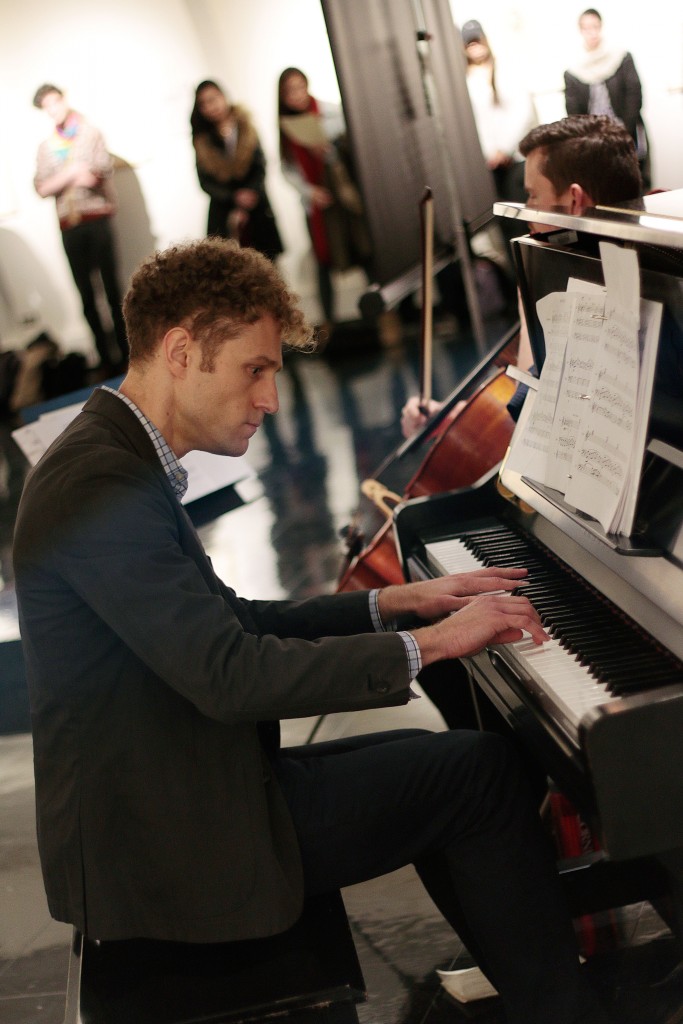
With wine, baklava and a live musical performance, the Binghamton University Art Museum opened its winter exhibition “In the Wake of World War I” on Thursday evening. The show features over 200 original works by Vienna-born Robert Hofmann.
According to Kent Schull, associate professor of Middle East and Ottoman history at BU and guest-curator of the exhibit, Hofmann was already an accomplished artist when he entered the Austro-Hungarian Empire’s army at the start World War I in 1914. Eventually, he was sent to fight alongside the military forces of the Ottoman Empire. According to Schull, it was at these places, both during and after the war, that Hofmann captured the people of that time.
“Robert, to me, represents an eyewitness to what happened at that time and place in World War I,” Schull said. “He captured these moments in time in places like Damascus and Aleppo, that are not like that today because of the civil war in Syria. He has preserved it for us.”
Schull said he met Mark Topp, an artist located in Syracuse who was both Hofmann’s student and friend, through a mutual friend about two years ago.
“I was told about these wonderful sketches and drawings that were in Mark’s possession and he was generous enough to let me see them,” Schull said. “We started brainstorming about where can these find a home – a good fit – and it ended up being at Binghamton.”
The art was donated by Topp and James Skvarch after meeting with Schull. The art features landscapes, portraits of citizens and military personnel as well as people sitting in cafes and working with animals or on docks, both in color and black and white. They vary in style, ranging from sketches to detailed drawings, but all feature Middle Eastern inhabitants and landscapes.
As a historian, Schull said he is amazed at the everyday life events Hofmann was able to depict.
“You have kings, sultans and palaces, but what about the everyday guy who’s schlepping on the docks?” Schull said. “He really captured life out of the smoky rooms of the politicians.”
After refreshments were served and tours were taken around the new exhibit, attendees listened to music composed by BU students.
Alex Kisiel, a junior majoring in music, said his music composition class was shown Hofmann’s work and was assigned to compose a song based on a piece of art they enjoyed. Kisiel was one of the piano players, and performed his original song.
“It’s kind of neat hearing music while seeing the art that was based off it,” Kisiel said.
Sofia Degtyar, a junior in the individualized major program, said she enjoyed this exhibit more than previous ones and liked the different wartime perspective the art displayed.
“I thought it was great. I think that the focus of his experience during the first World War was an interesting one,” she said. “It’s not something we really think of when we think of World War I.”
Schull said that ultimately, he wanted viewers to take away a new perspective of the Middle East during the war from Hofmann’s work.
“He’s not your typical Western artist that would eroticize and sensationalize, making things exotic about the Middle East,” Schull said. “I hope students walk through here and they see real people with same hardships and joys we deal with.”
The exhibit will be on display in the Art Museum until March 25.


